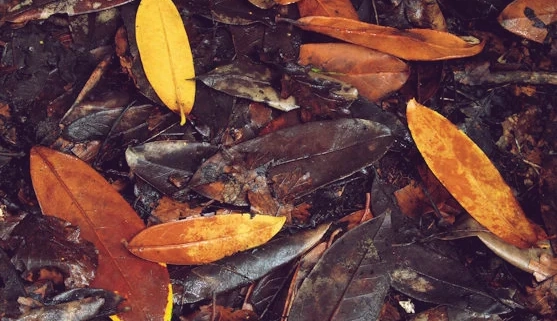Mulching
A mulch is a layer of material applied to the surface of soil around plants to conserve soil moisture, improve fertility and health of the soil and reduce weed growth. Mulching works best in cases where plants are grown directly on the ground and in large gardens. In the case of potted plants and very small gardens, the plant canopy itself protects the soil from direct heat, aiding soil moisture retention.
Materials that can be used as mulch include grass, leaves, hay, straw, shredded bark and twigs, sawdust and woodchips. These materials can also be used in your compost pits as “brown matter”.
In general, mulching retains soil moisture, so for plants that require soil humidity to a greater extent, mulching is preferred. However, root rot is a common problem when the roots are subject to overly moist conditions for long periods. There needs to be a balance, and mulching at the right time for each specific crop is crucial. Mulching also protects the fruits of the plant from being in contact with the ground in the case of creepers and short shrubs, which could lead to the rotting of fruits.
Mulching with organic matter enriches the soil and retains soil humidity; however, if done at an inappropriate time during the plant’s growth cycle, it can affect the crop by encouraging slugs and other bugs. The temperature and humidity in the garden will also matter when considering mulching.
REFERENCES
https://archive.org/details/americasgardenbo00bush_0/page/768

